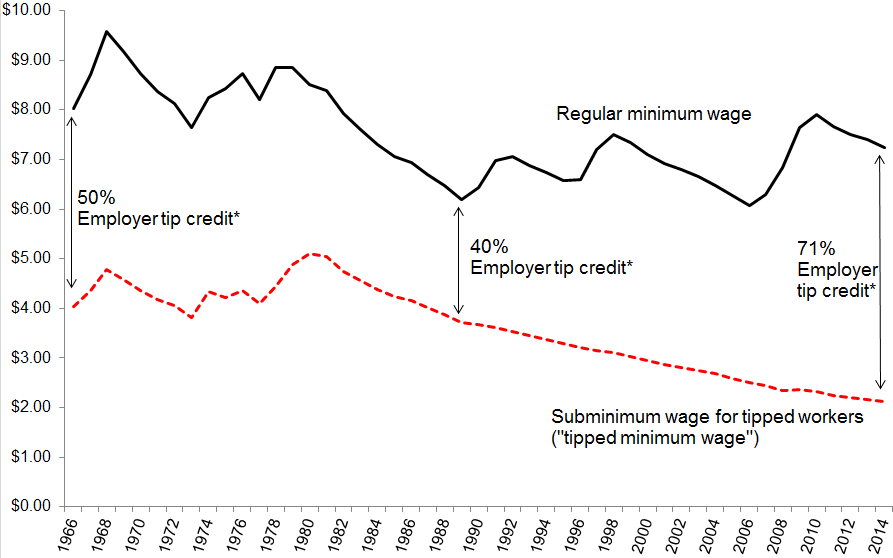Girl, Interrupted by Susanna Kaysen is the author’s personal and emotional journey, written as a memoir in which Kaysen dives headfirst into how mental health stigma affected her and her story while battling society’s expectations for women. As a reader in the 9th grade, this novel highlights quotes that tell Susanna’s story and create a compelling narrative through thoughtful reflection.
In the novel published in 1993, Kaysen questions, “Was insanity just a matter of dropping the act?”. She encourages more profound thought on the constructs of sanity. Our society has rudely labeled those who face psychiatric disorders, but Kaysen states that maybe the ‘insane’ are tired of acting, and perhaps the ‘sane’ are pretending to love their lives. Who defines the line? People with fancy PhDs? Kaysen teaches her audience that those afflicted with psychiatric disorders can be perceived as putting on an act for attention, and in the 1960s, many women were told they were acting out for attention because they dropped the act of smiles and tea parties.
According to Susan Cheever’s article: “A Designated Crazy” from June 20th, 1993, in The New York Times, Cheever writes that “women — whether their trouble [was] promiscuity, alcohol, depression or just plain orneriness — [they were] confined to private mental institutions, where, their families [hoped], they [would] “get better”. Cheever states that women were specifically put away, and Kaysen zooms in on this idea with her own character in the memoir.
Kaysen’s definition of crazy as “you or me amplified” frightens readers. Many ask questions to those who have been hospitalized to make sure they, themselves, aren’t crazy. With her definition of sanity and insanity, Kaysen prompts readers to question their own sanity, recognizing that the definition of normal fluctuates from person to person. Amplified, meaning louder or stronger, emphasizes that we’re only one step away from insanity. You may not think you’re insane, but your mother might. We all experience humanity, but each of us has a different lens.
“I thought the most beautiful thing in the world must be shadow,” stated Kaysen, the memoirist who expressed a poetic way of looking at life by using a wealth of narrative in her novel. Kaysen uses symbols in her writing to reflect on moments where she has seen grace in darkness. Kaysen suggests that even in the darkness of mental illness, we can find light and beauty, like in the character of Lisa.
The young-adult novel is based at McLean Hospital, or ‘the loony bin,’ as Lisa refers to it. Lisa is a beautiful character and rebellious force that influences other girls in the ward to push against the restraints to which they regret agreeing. According to Eleanor Jones’ article: “Review: ‘Girl, Interrupted’ by Susanna Kaysen,” from August 31st, 2018, in Not-So-Modern Girl, Jones writes, “The character of Lisa was also refreshing. She was witty, funny, and very honest.” Lisa’s character symbolizes defiance and a longing for freedom due to her prolonged stay in the ward. She is unpredictable, but her impact on readers extends beyond her actions or likability, and with that, she invites others to watch her rebel, maybe even get creative, and join her rebellious spirit.
On the other hand, the character Daisy embodies vulnerability and the delicate parts of mental health. Daisy reminds readers of society’s pressure on women, even when you’re locked up. With Lisa’s defiance and Daisy’s tendency to crack, the memoirist crafts the exploration of two different sides of mental illness while her bipolar, disordered self sits in the middle like a rickety bridge.
As we create our opinions of the coming-of-age memoir and the characters’ lives, we gain a deeper understanding of the challenges faced by those placed into wards and those who signed away their rights during the 1960s. The characters in Girl, Interrupted are themes of discovering your identity and ignoring society; they contort pre-existing perspectives on mental health. Through the stories of each girl, Kaysen crafts a wonderful and intriguing narrative to empathize with those behind the walls of McLean Hospital.













